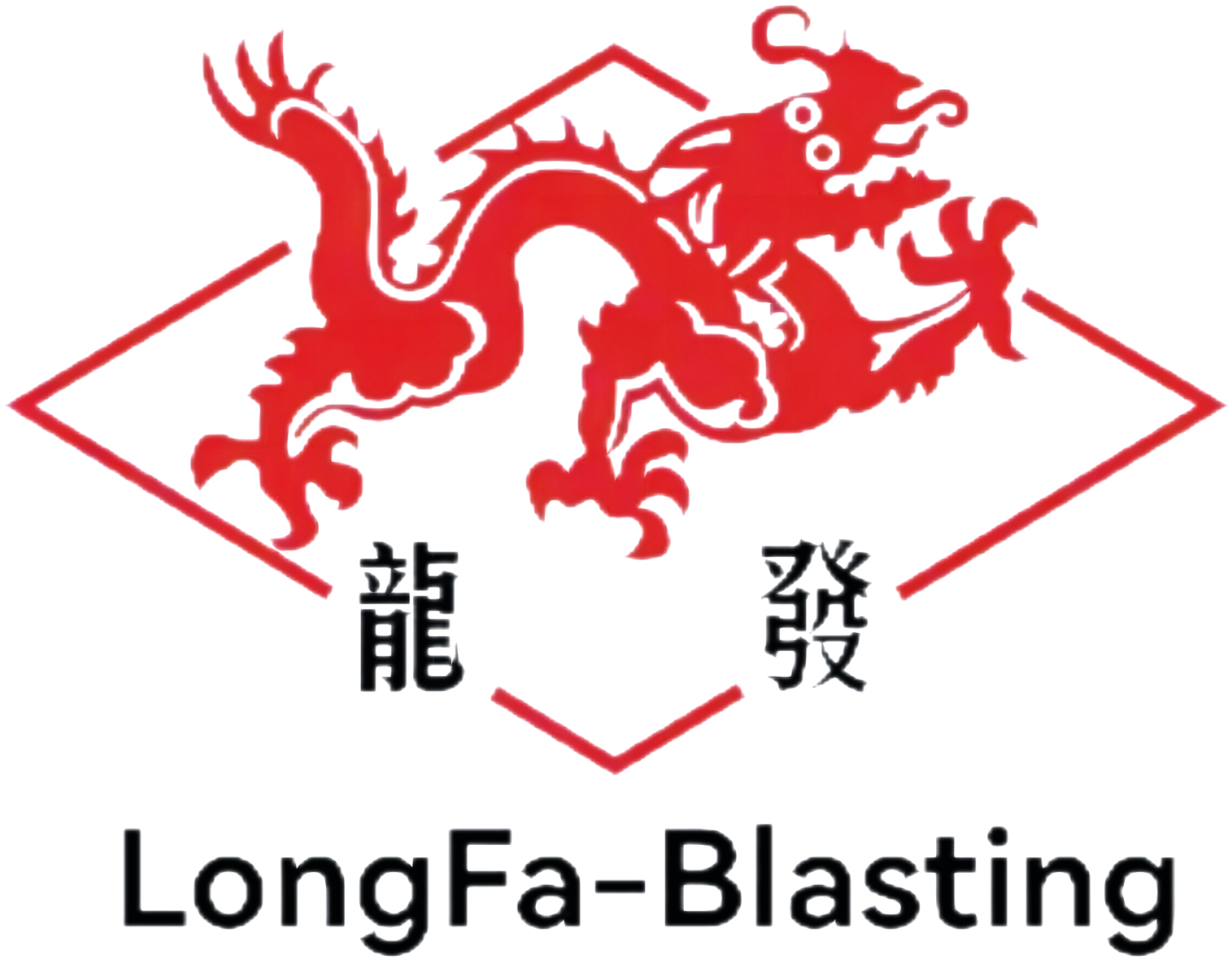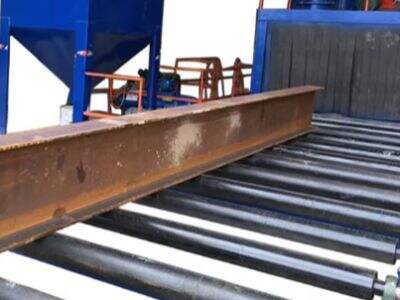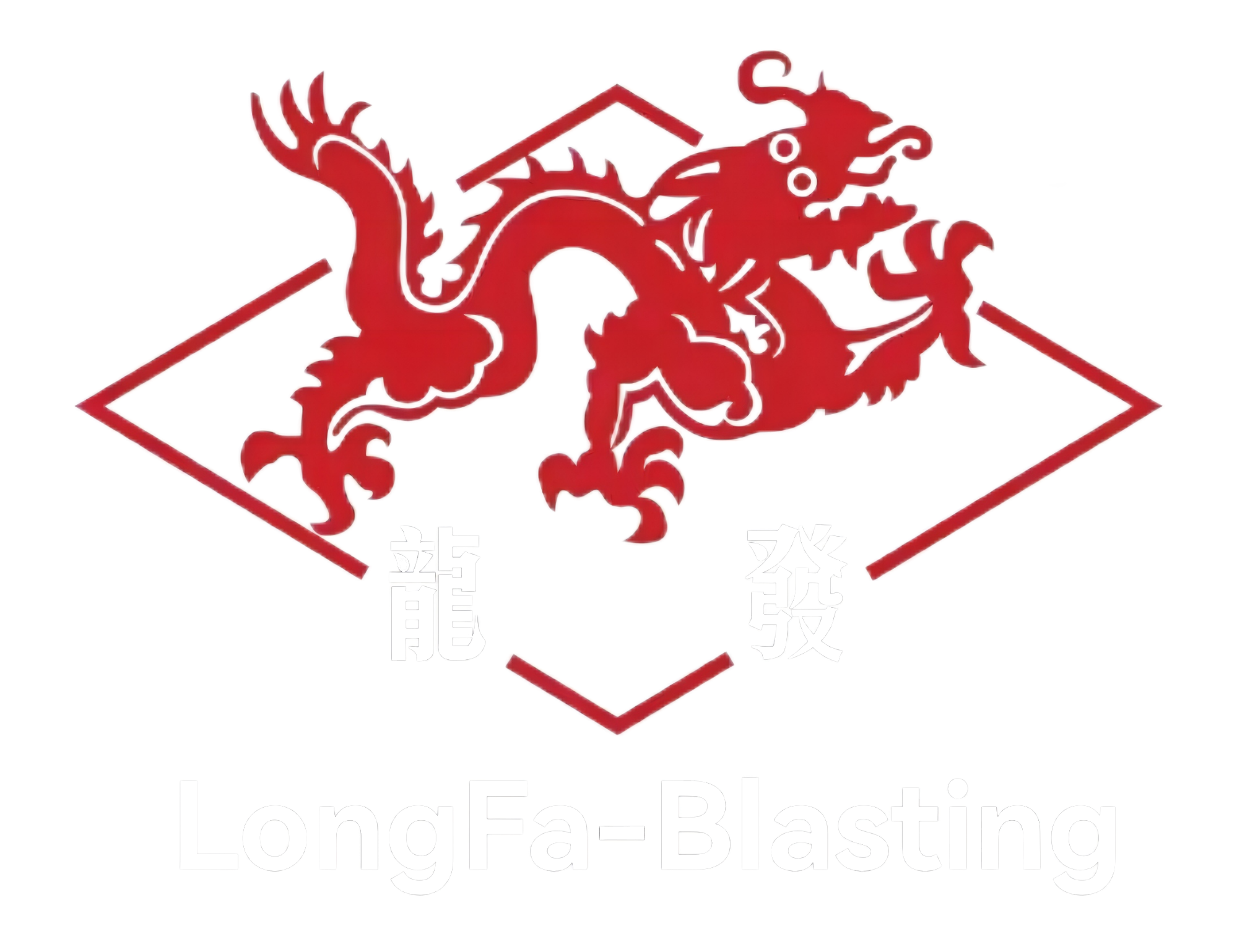Ang bakal ay isa sa pinakamaraming ginagamit na mga materyales sa ating pang-araw-araw na buhay. Nakikinabang ito sa maraming iba't ibang lugar, at ginagamit ito sa iba't ibang papel at larangan. Halimbawa, ang bakal ay ginagamit sa mga gusali, sasakyan, tulay at marami pa pang iba't ibang produkto. Kailangang mabuti at malinis ang ibabaw ng bakal upang makabuo ng mataas kwalidad na produkto mula sa bakal. Dito'y hinaharap namin isang partikular na proseso na tinatawag na shot blasting. Maaaring pagbutihin ng shot blasting ang kalidad ng ibabaw ng plato ng bakal. Ginagamit ang shot blasting sa mga industriya ng paggawa ng bakal simula pa noong dating panahon at sa artikulong ito ay tatagalokasiya kung paano ito maaaring pagbutihin ang kalidad ng iyong plato ng bakal.
Kung Paano Trabaho ang Shot Blasting
Sa madaling salita, ang shot blasting ay tumutukoy sa pagpaputok ng maliit na piraso ng materyales papunta sa isang plato ng bakal. Maaaring metalyo o iba pang mga materyales ang mga bahagi na ito. Habang tumatama ang mga maliit na piraso sa ibabaw ng bakal, ito ay gumagawa ng maliit na butas at sugat. Ang mga maliit na butas na ito ay napakabilis dahil nakakatulong ito sa pag-aalis ng anumang imporyedad na maaaring naroroon sa ibabaw (kabilang ang karat at lupa). Ang karat ay ang pagsisimula ng metalikong oksido, ang produkto ng pagtanda at pag-oxidize ng pagbaba ng metalyo, samantalang ang kontaminasyon ng lupa ay magiging epekto sa ibabaw at mga propiedades ng trabaho ng bakal. Hindi lamang ang shot blasting ang naglilinis ng ibabaw kundi ginagawa din ito ang bakal na maayos at handa para sa iba pang mga aplikasyon.
Shot Blasting Steel Plates: Ang Sining
Gayunpaman, ang shot blasting ay hindi lamang tungkol sa pag-blast at pagsisiklab sa isang plato ng bakal gamit ang mga particle. Ito ay isang maingat at makapansin na proseso na kailangan ng oras at kasanayan. Sa oras ng shot blasting, mayroong maraming pangunahing elemento na kailangang tandaan. Ang pinakamahalaga, ang sukat at anyo ng mga particle na ginagamit ay naglalaro ng malaking papel. Hindi dapat masyadong malaki o masyadong maliit ang mga particle dahil baka hindi sila magtrabaho nang wasto. Pangalawa, gayundin ay mahalaga, ang bilis kung saan itinatalon ang mga particle: 'shot' sa bakal. Kung masyado silang mabilis o masyadong mabagal, maaaring maiimpluwensya ito ang kalidad ng ibabaw. Huling-huli, ang layo sa pagitan ng makina na sumisiklab ng mga particle mula sa ibabaw ng bakal ay may kahalagahan din. Ang shot blasting ay upang makamit ang isang uniform at makinang ibabaw na walang defekt. Kailangan ito ng praktis at karanasan pati na rin ng espesyal na makina na ginagamit sa shot blasting.
Ang Proseso ng Shot Blasting sa mga Sufis ng Bakal
May maraming paraan kung saan maaaring mapabuti ng shot blasting ang kalidad ng ibabaw ng bakal. Unang ginagawa nito ay ang epektibong pagtanggal ng anumang karat o mill scale, na ito ay isang malubhang layer na nabubuo sa bakal. Pangalawa, gumagawa ng mas magandang tekstura ng ibabaw ang shot blasting, na mabuti para sa pagdikit sa iba pang salita, higit na maraming pintura at/o coating ang nakakapigil sa bakal. Ito ay lalo na tunay sa mga sitwasyon kung saan ang bakal ay kakalagyan ng pintura o iba pang espesyal na protektibong coating. Pangatlo, nagpapahaba ng shot blasting sa pagod na buhay ng bakal. Nagiging sanhi nito ng isang layer ng kompresibong residual stress sa ibabaw ng bakal na protekte ang bakal mula sa panlabas at panloob na mga sugat, kaya't tumutulong ito upang mapanatili ang bakal sa mas mahabang panahon. Ang proseso na iyon ay gumagawa ng mas matatag na bakal, humihinto sa mga sugat at iba pang uri ng pinsala mula mangyari sa pamamagitan ng oras.
Paano Nagpapabuti ang Shot Blasting sa mga Platahang Bakal
May ilang paraan kung saan ang shot blasting ay tumutulong upang mapabuti ang kalidad ng mga plato ng bakal. Ang una sa mga ito ay nagpapatotoo na libre ng anumang defektong ang ibabaw ng bakal. Ito ay napakahalaga para sa mga aplikasyon kung saan ang anyo ng bakal ay mahalaga, tulad ng mga proyekto sa arkitektura o dekoratibong mga item. Pangalawa, ang shot blasting ay nagpapabuti sa pagganap ng bakal sa pamamagitan ng pagsasaaklat ng kompresibong residual stress sa ibabaw nito. Ito ay nagpapataas sa lakas at nakakatulong upang maiwasan ang pagkabulok at iba pang pinsala na maaaringyari habang ginagamit ang bakal sa panahon. Sa ikatlo, ang shot blasting ay nagpapabuti sa pagdikit ng mga pintura at coating sa bakal, na maaaring makatulong sa pagtatagal ng bakal, lalo na sa ekstremong kondisyon ng panahon o kapag ang bakal ay pinapaloob sa iba pang mga elemento na hindi maaaring ma-restrict ng mga coating ng pintura.


